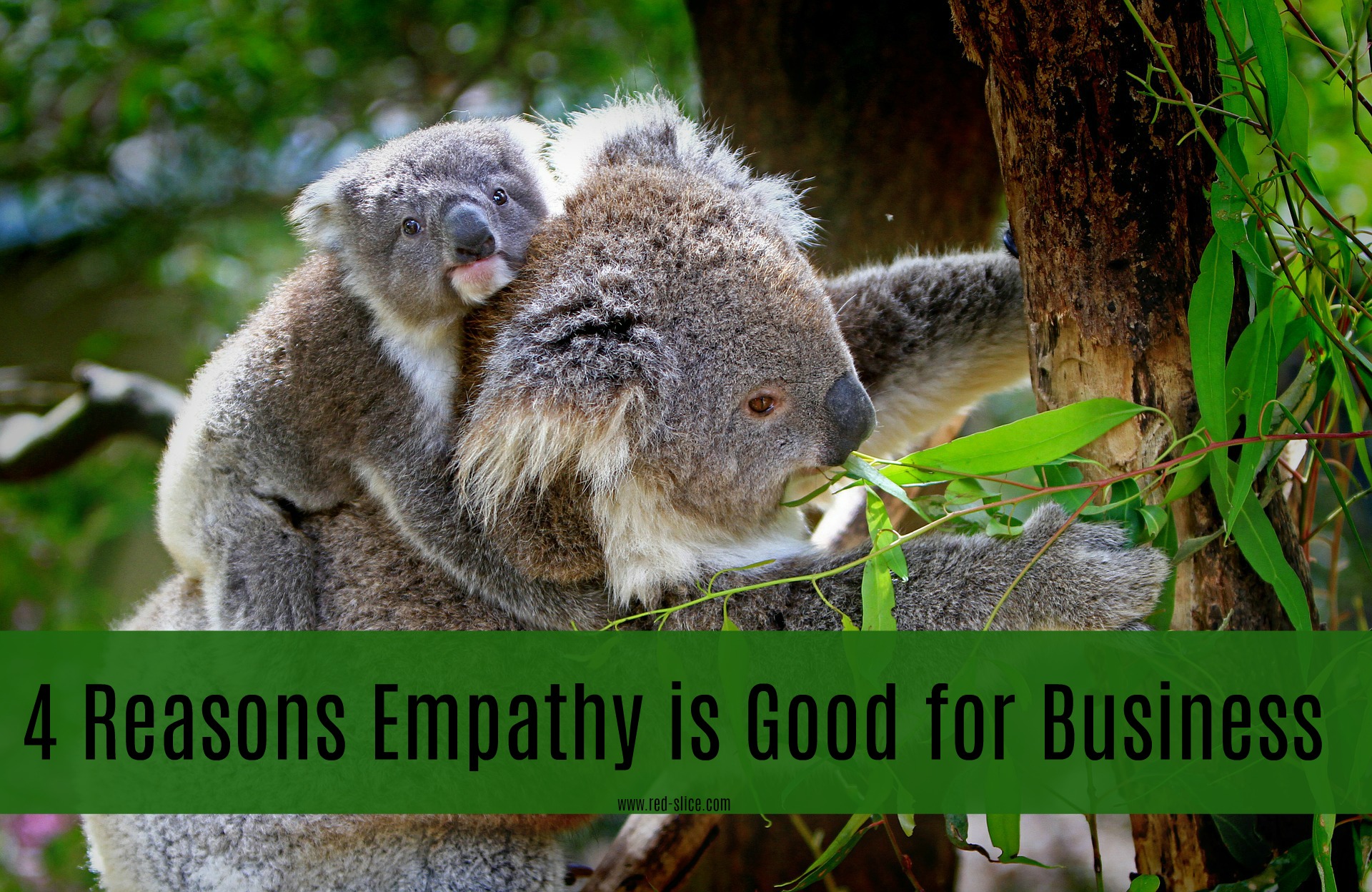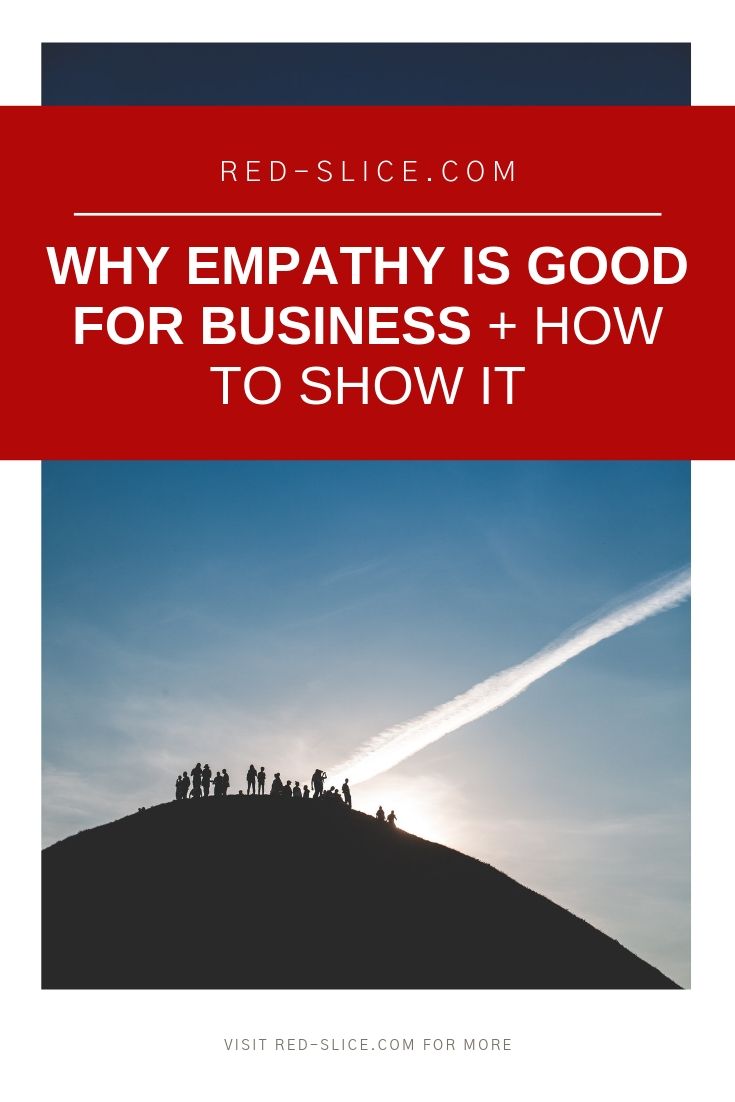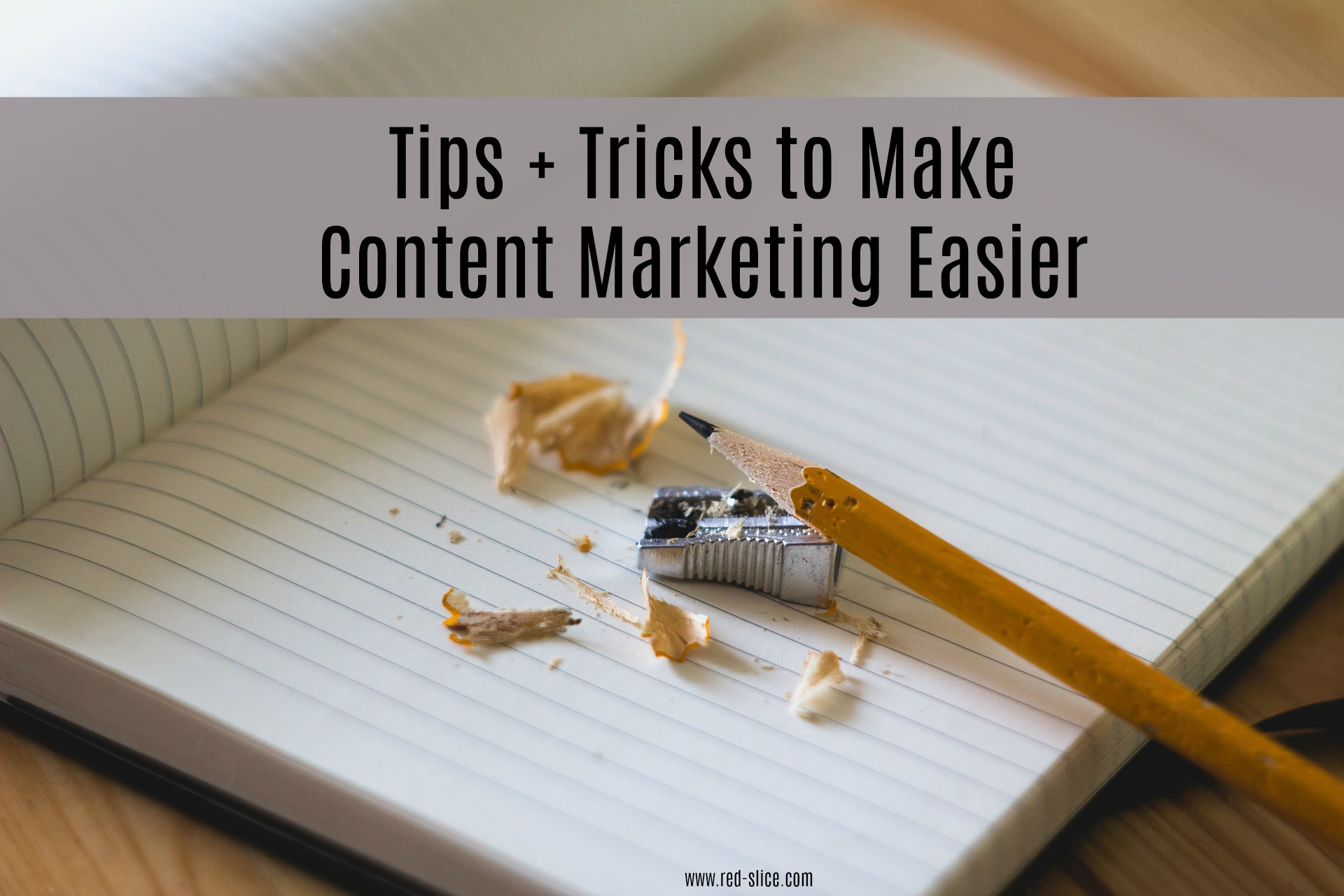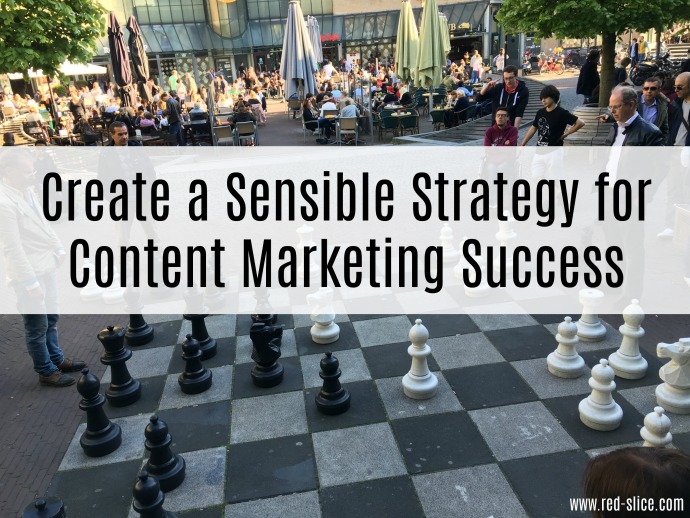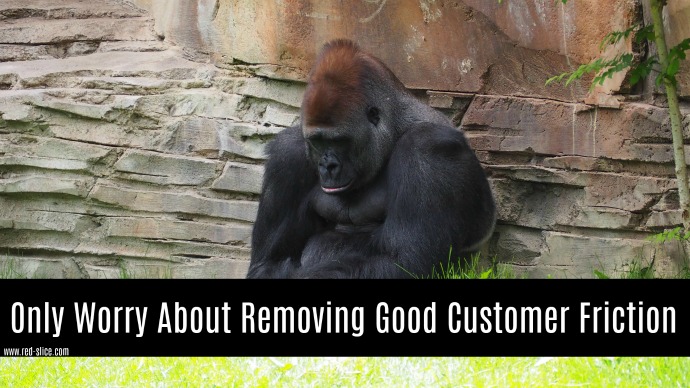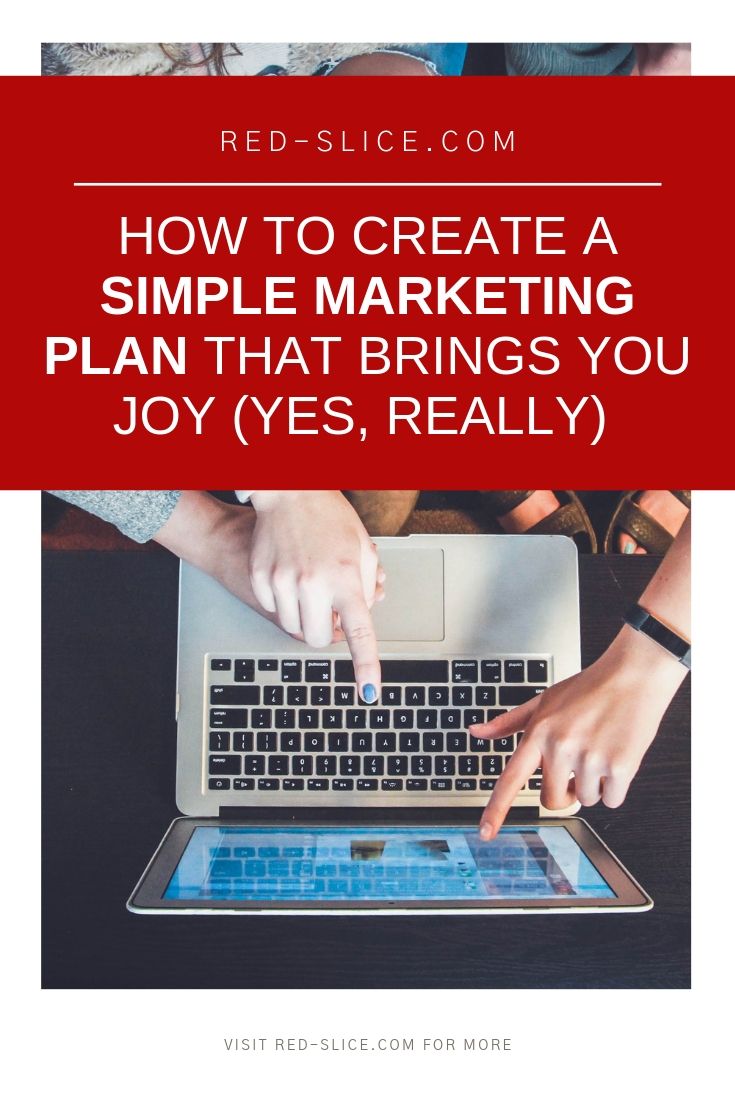Marketing does not have a very good reputation.
People often perceive marketers as liars or con artists, saying anything and everything to get you to buy their stuff.
When I see others in my chosen profession deceiving the public, my blood pressure goes up. I want to throttle soda companies that try to pretend their products are “healthy” somehow (this includes so-called “water drinks” that are loaded with sugar). When I get a piece of direct mail that looks like an official legal document, all I can think of that naïve person who might actually think they’ve done something wrong.
Makes me want to smack somebody. Hard.
I once got a direct mailer that essentially made it sound like my credit cards would all be shut down unless I responded to their offer. Sickening.
And don’t get me started on telemarketing companies that prey on the elderly. My dad is 89 years old and we’ve luckily intercepted calls for him where they made him think his computer was hacked, tried to con him into another timeshare condo or assured him they had a “can’t miss” investment opportunity.
My profession and other honest marketers like myself take a hit every time some jerky jerk decides to engage in false advertising or find the semantic loopholes. (“What did we do wrong? We said it only has 100 calories! We don’t have to mention how much sodium, chemicals or sugar is in it, too. Legally, we can say it’s a ‘healthier alternative!’”)
Marketing is not about lying to people. It’s about elevating the truth of your story so the right people who need what you’ve got can find. Share on XIt’s about communicating real value. If you are targeting the right people who have a very real need, then it will not be a hard sell, as long as you’re clear and compelling.
You can choose to play the game in one of two ways. And you must decide now what kind of marketer (and human) you will be:
- Trick people with lies and hyperbole.Trick, scare, or scam them into action and then deal with the aftermath of regret and anger.
- Treat people with the truth. Delight them by making it compelling, valuable and authentic and, if it’s a good fit, they won’t be able to resist. Savor the loyalty and connection.
Wall Street and our current consumer-driven culture may disagree with me, but I’ll give you one guess as to which approach is more sustainable, scalable and better for humanity.




